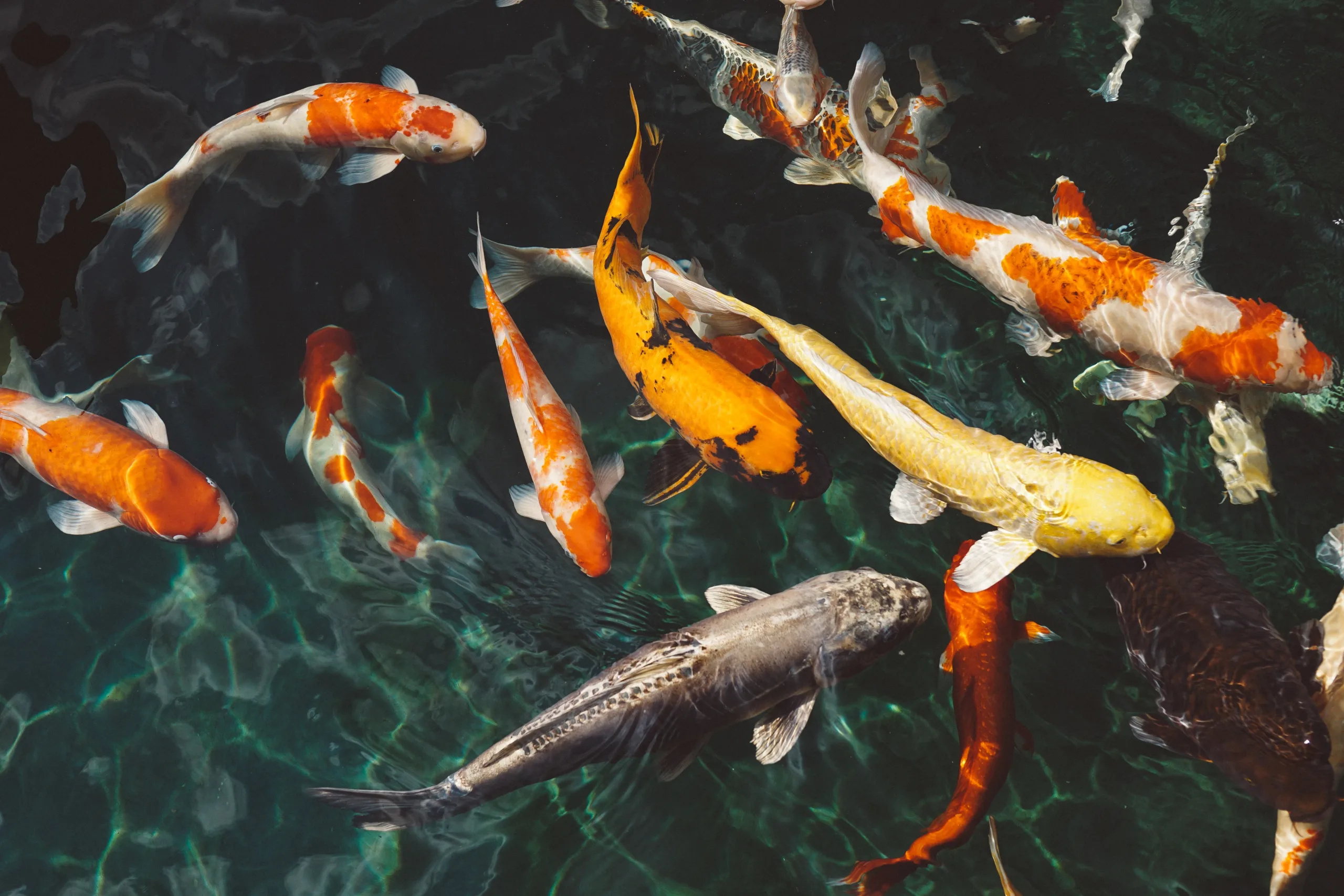Koi fish are popular pets among fish enthusiasts due to their stunning colors and patterns. However, before getting a koi fish, one of the essential things to consider is how big do koi fish get? This question can help determine the size of the pond or tank you will need to provide your koi fish with adequate living conditions. In this article, we will explore the various factors that influence the size of koi fish and answer the question, how big do koi fish get?
Factors that Influence Koi Size
Koi fish can grow to be quite large, but their size is not predetermined. Several factors can influence how big koi fish get, including:
Genetics: Genetics plays a significant role in the size of koi fish. Some koi fish breeds are genetically predisposed to grow larger than others.
Diet: The diet of koi fish can also influence their size. Koi fish that are fed high-quality food with balanced nutrients tend to grow bigger and healthier than those that are fed a poor diet.
Environment: The environment in which koi fish are kept can also play a role in their growth. Koi fish kept in a spacious pond with a healthy environment tend to grow larger than those kept in small tanks with poor water quality.
Age: Koi fish grow steadily throughout their lives, with the most rapid growth occurring during their first few years. As koi fish age, their growth rate slows down, and they may stop growing altogether.
How Big Do Koi Fish Get?
The size of koi fish can vary significantly, depending on several factors. However, on average, koi fish can grow to be 2-3 feet in length and weigh anywhere between 20-35 pounds. The size of koi fish can also be affected by their breed, with some breeds growing to be larger than others. Some of the largest koi fish ever recorded have grown to be over 4 feet long and weigh over 90 pounds!
Factors that Influence Koi Fish Growth Rate
The growth rate of koi fish can vary based on several factors. Some of the factors that can influence koi fish growth rate include:
Water: Temperature Koi fish grow best in water temperatures between 65-75 degrees Fahrenheit. Water temperatures outside of this range can slow down their growth rate.
Diet: As mentioned earlier, the diet of koi fish can also influence their growth rate. Feeding your koi fish a high-quality diet with balanced nutrients can help them grow faster.
Water Quality: Koi fish require clean water to grow and thrive. Poor water quality can lead to stunted growth or other health issues that can slow down their growth rate.
Koi Fish Breeds
Koi fish come in many different breeds, each with its own unique characteristics, including size. Here are some of the most popular koi fish breeds and their average size:
Kohaku: Kohaku is one of the most popular koi fish breeds and is known for its beautiful red and white markings. On average, Kohaku koi fish grow to be 24-36 inches in length.
Sanke: Sanke koi fish have a white base with red and black markings. They can grow to be 24-36 inches in length.
Showa: Showa koi fish have a black base with red and white markings. They can grow to be 24-36 inches in length.
Butterfly Koi: Butterfly koi fish have long fins that resemble butterfly wings, and their colors and patterns are highly variable. They can grow to be 36-40 inches in length.
Koi Fish Care Tips
If you’re considering getting a koi fish, here are some care tips to help ensure they grow and thrive:
- Provide Adequate Space Koi fish require a lot of space to swim and grow. Make sure your pond or tank is large enough to accommodate your koi fish’s growth.
- Maintain Good Water Quality Koi fish require clean, well-oxygenated water to grow and stay healthy. Test the water regularly to ensure it is within the appropriate temperature and pH range and free of harmful substances.
- Feed a Balanced Diet A balanced diet is essential for koi fish growth and health. Choose high-quality koi fish food that contains all the necessary nutrients.
- Monitor Health Koi fish are susceptible to a variety of diseases, including bacterial and fungal infections. Regularly monitor your koi fish for signs of illness, such as changes in behavior or appearance, and take appropriate action if necessary.
Final Thoughts
In conclusion, koi fish can grow to be quite large, with some breeds growing to be over 4 feet long and weighing over 90 pounds! The size of koi fish can vary based on several factors, including genetics, diet, environment, and age. Providing your koi fish with adequate space, clean water, a balanced diet, and regular health monitoring can help ensure they grow and thrive. So, if you’re considering getting a koi fish, remember to ask yourself, how big do koi fish get? And be prepared to provide them with the best care possible to help them reach their full potential.

